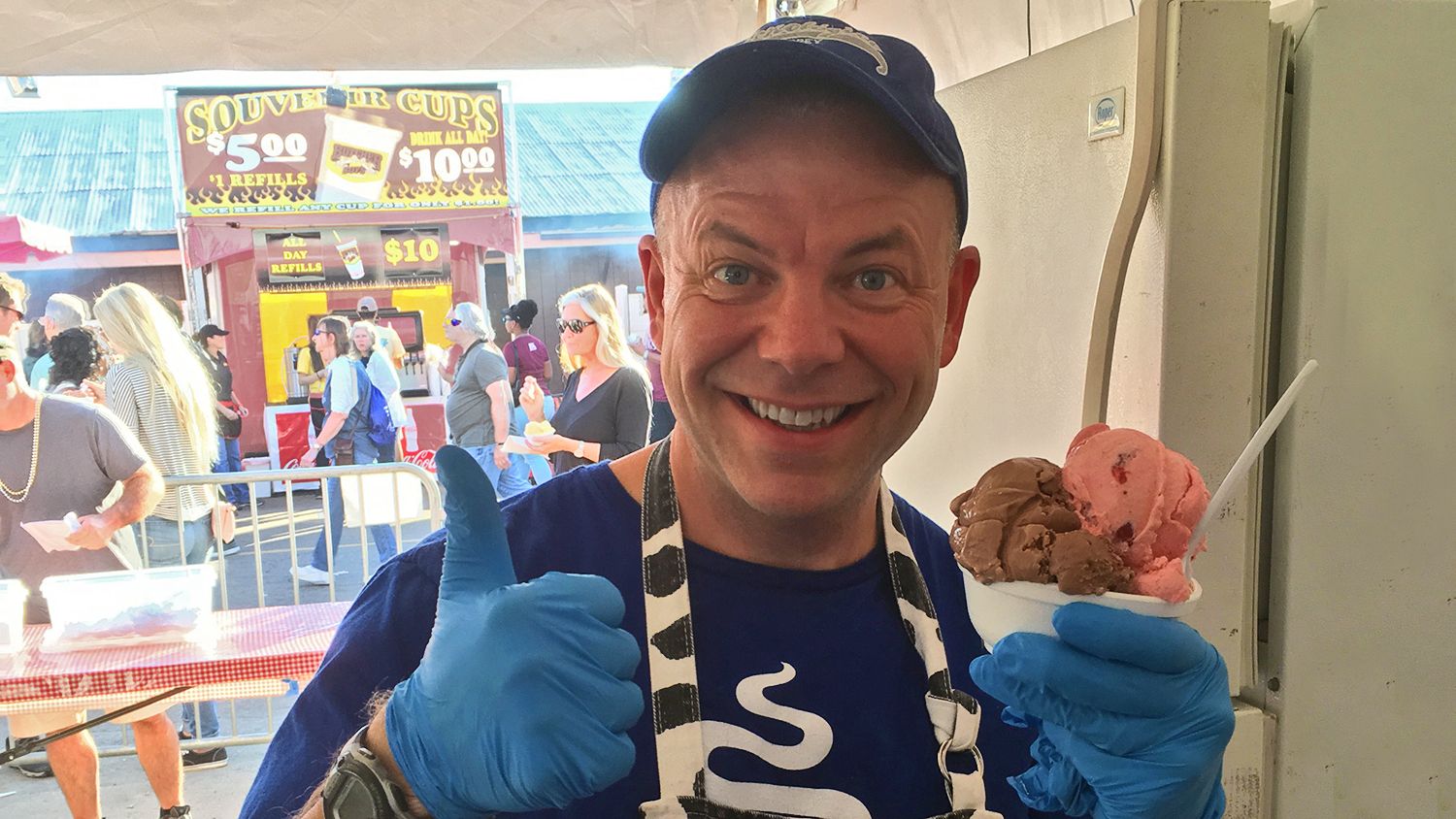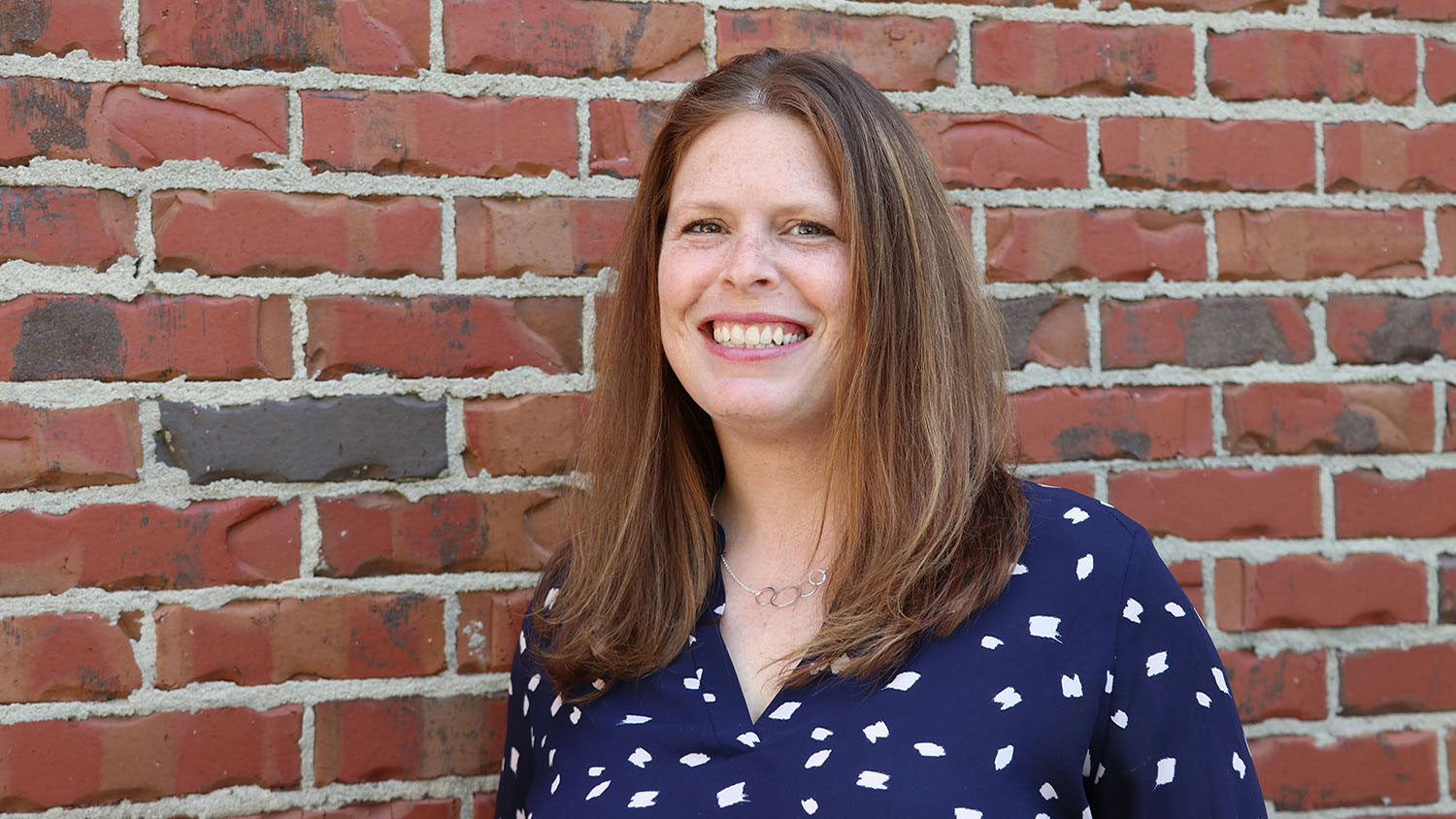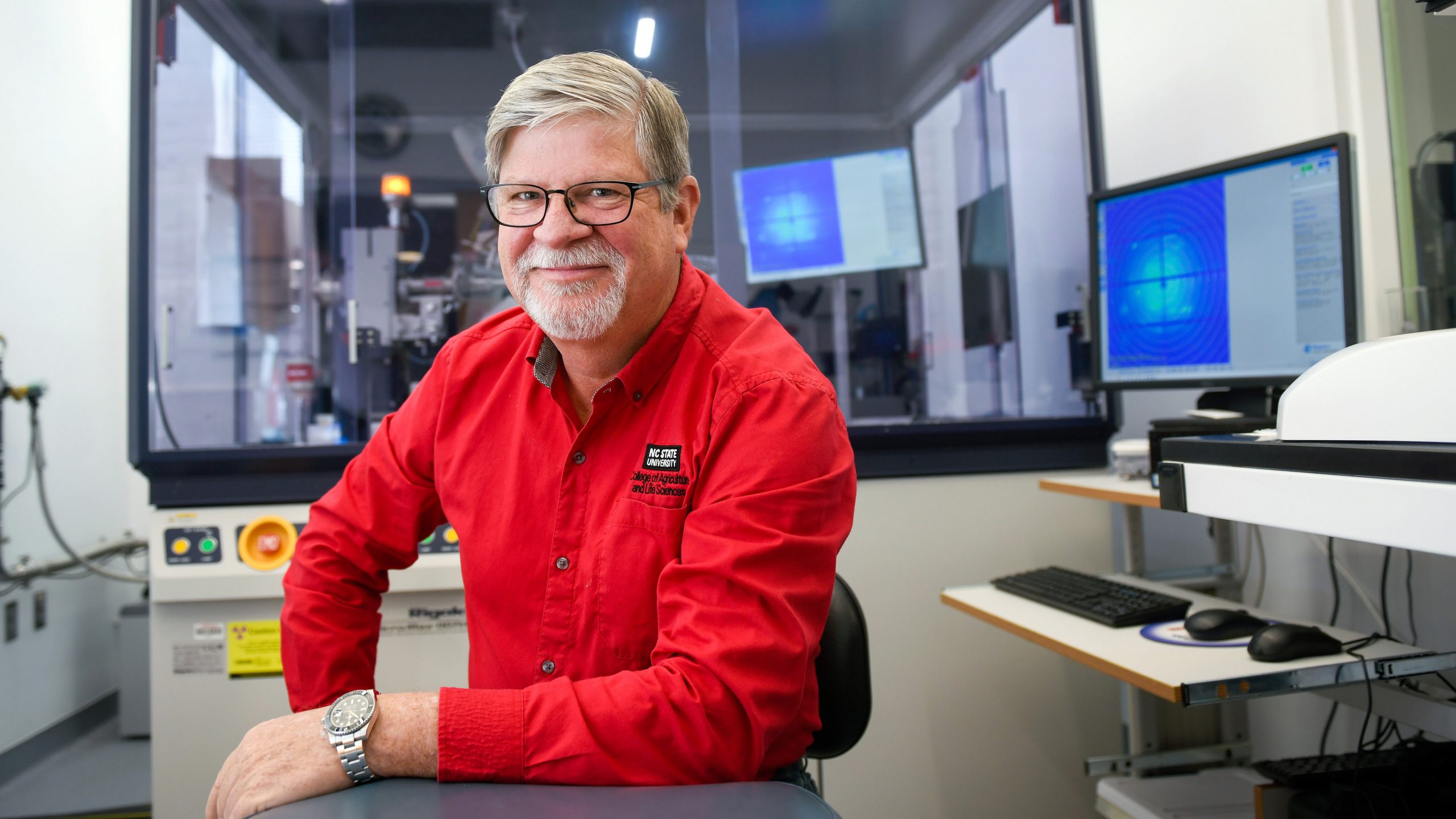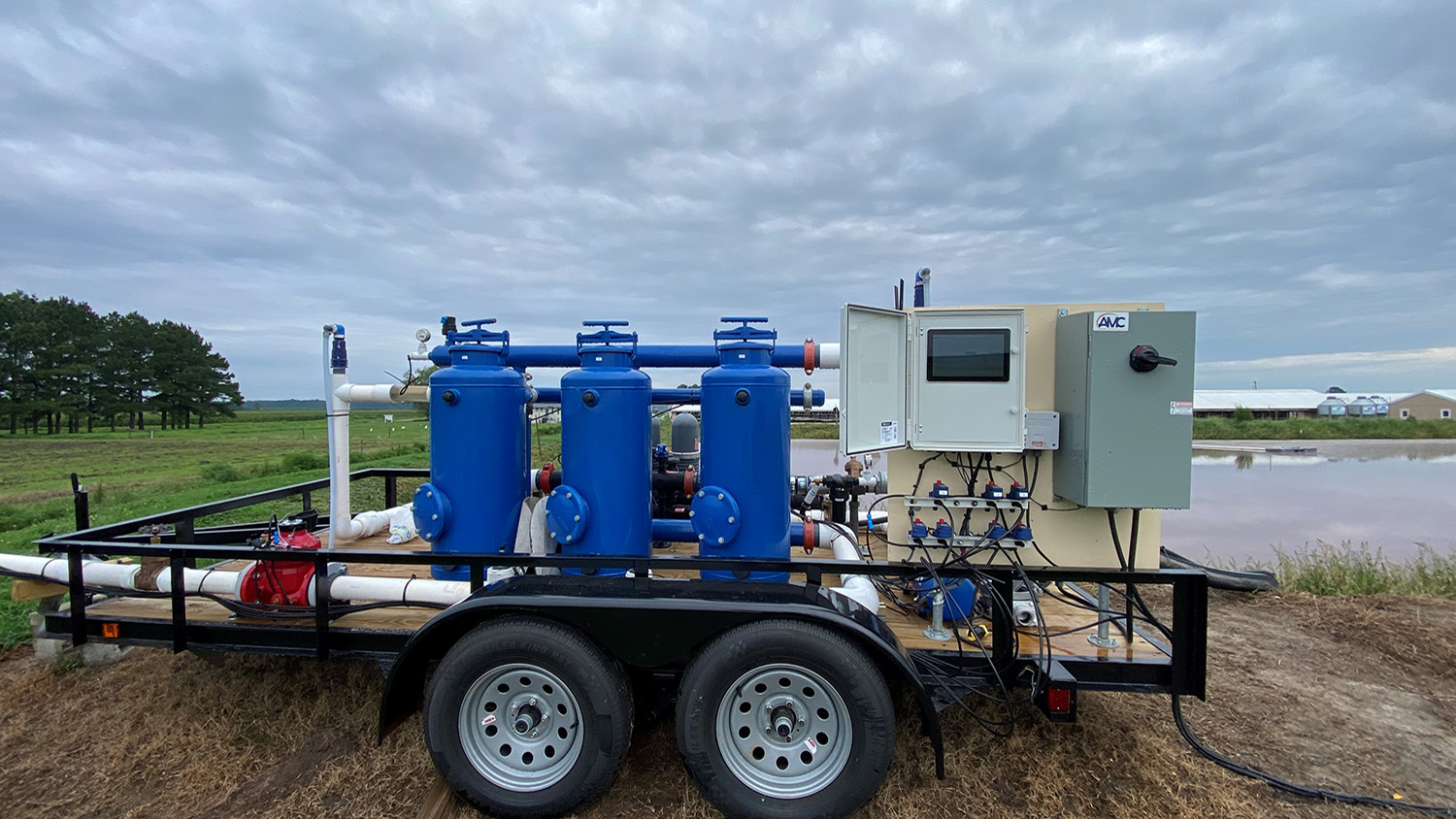‘Drill Instructor Without the Yelling:’ Food Science’s Keith Harris

Long before he became undergraduate coordinator of food science at CALS, Keith Harris served in the Marine Corps Reserves and was called to active duty during Operation Desert Storm.
“I jokingly tell my students that the way I teach is very similar to the way my drill instructors taught me — but without the yelling part,” Harris said.
When he left the military, Harris found his civilian calling in teaching food science. A CALS alum, Harris returned to the Department of Food, Bioprocessing and Nutrition Sciences in 2007 to teach undergraduate and graduate courses. He has won a number of teaching awards, including the 2008 Gertrude Cox Award for Innovative Excellence in Teaching and Learning with Technology, a 2010 induction into NC State’s Academy of Outstanding Teachers, a 2013 NACTA Teaching Fellow Award and in 2015, the Institute of Food Technologists William V. Cruess Award. He became an NC State Alumni Distinguished Undergraduate Professor in 2016.
His most prized teaching award, which he received in 2009 and again in 2017, is the student-nominated Food Science Club Outstanding Instructor. He credits these accomplishments, in many ways, to his drill instructor role models.
How did your military service influence your teaching style?
My time in the service is really what made me understand that I wanted to be involved in education — first in getting one myself, then in trying to apply some of the mentoring and teaching principles I observed in the military to my work with students.
I saw the way my drill instructors used creative repetition — saying something one way, then bringing it back and saying it another way but at a higher level of understanding. When you do that over and over, students start to grasp things at higher and higher levels.
I also admire the way they focus not just on knowledge, but the motivation to learn and to understand. A motivated student will learn. My approach (again without the yelling) is to work to motivate my students to make them thirsty for knowledge.
Those military experiences, the idea of creative repetition coupled with motivation, form the bedrock of what I do as a teacher. My drill instructors were great at making knowledge stick. There are things they taught me when I entered the Marine Corps in 1988 that, three decades later, I still remember vividly. To be able to teach in that way is so impressive to me.
What do military members uniquely bring to campus as students?
Their life experience and unique perspective. They already have a career, they are typically more mature than other students. Some of them have families. They give a different perspective to the rest of the undergraduates. With team-based projects — one of those things that will produce a groan from the classroom — our military-based students know how to do that really well.
And since they know how to do that, they also function as mentors. They’ve already been leaders, so they don’t need to take charge — they can advise on good ways of thinking about problems and working as a team. Everyone who’s on their team recognizes that these service members had leadership activities outside of the classroom that are very practical in nature due to their military background. I see them offer suggestions, then sit back and listen rather than trying to micromanage. That, to me, is a very effective mentor.
Why is CALS a good fit for current and former members of the armed services?
I believe that many service men and women who are finishing their military careers can find great “second acts” in science. They have discipline, and they understand how to work in teams, which is how science gets done. We have Camp Lejeune not too far away, we have Fort Bragg even closer, and we have Seymour Johnson Air Force Base all within hours of NC State— I feel like we could be very helpful to active duty service members who are transitioning out and looking for a civilian career. We have already worked with a number of Army warrant officers nearing the end of their military service to enhance their food safety skill set and get them ready for a civilian career.
What I’m working on right now is to coordinate with others, like Robert Elliott and Dr. Beth Wilson, who are working with retiring Fort Bragg soldiers in the Soldier to Agriculture Program. We want keep careers in agriculture and STEM — like food science — on veterans’ radar screen. The Harris lab is also working directly with the military to create energy bars specifically designed to sustain alertness and performance for short-term missions. This applied research gets translated directly back to the lab-based food chemistry and food analysis courses warrant officers take as part of the food science curriculum.
How can good teaching help our service men and women?
The first year after transitioning out of the military is the hardest year. There is a real loss of structure and camaraderie that can almost be like losing a family. I saw that for the Marines I served with, and unfortunately, that trend continues to this day. I think that having a purpose and something to do to keep service members active and focused (like taking challenging science courses and preparing for a new career) is extremely important, because they’re leaving a highly regimented environment. Once all those military controls are off, it can be very challenging to readjust. Helping service men and women achieve their career goals is one way CALS can serve those who served our country.
We Grow Solutions.
[button]Check out our job openings[/button]
- Categories:


